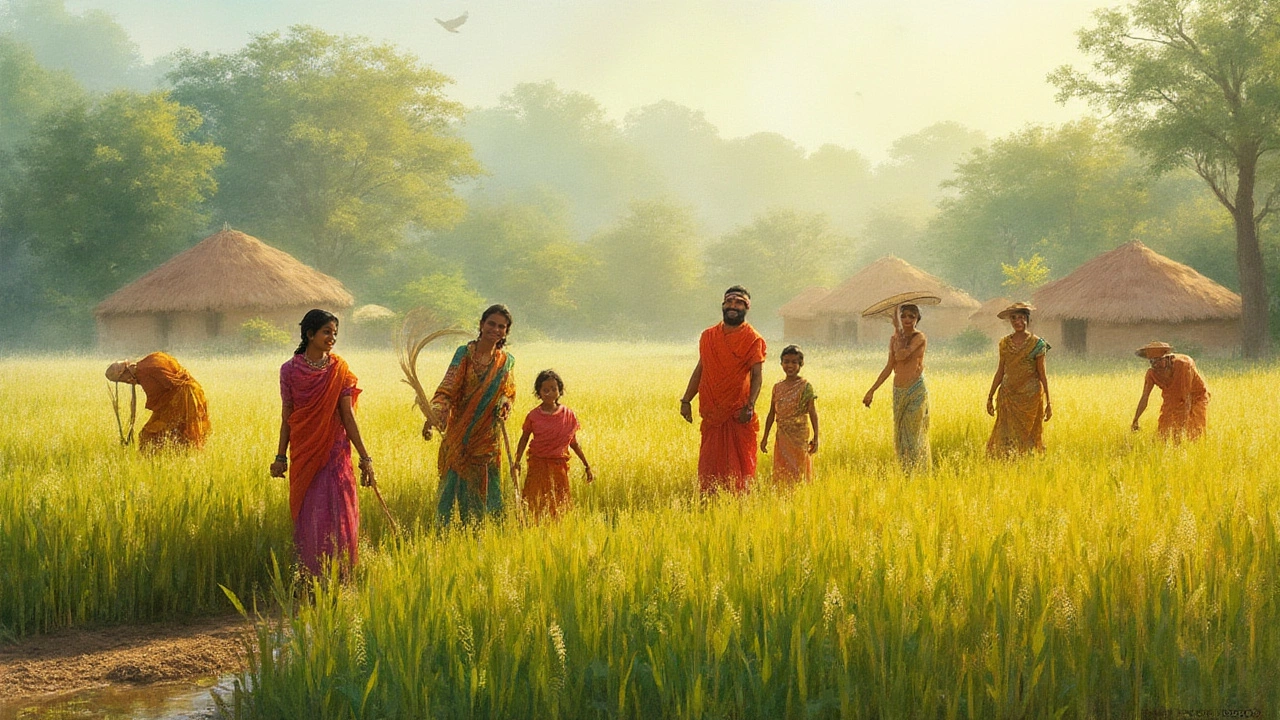Discover the meaning behind 'poor man's crop,' why certain staple crops earn this name, and smart tips for growing them in your own garden.
Low-Cost Crops: Best Budget-Friendly Plants for Indian Gardens and Farms
When you think of farming or gardening in India, you might picture big fields and expensive inputs—but that’s not the whole story. Low-cost crops, plants that require minimal money, tools, or expertise to grow successfully. Also known as budget-friendly crops, they’re the backbone of home gardens, balcony setups, and small-scale farms across the country. These aren’t fancy hybrids or imported seeds. They’re the tough, reliable plants that farmers and homemakers have grown for generations because they just work—no fancy fertilizers, no drip systems, no expensive soil mixes.
What makes a crop truly low-cost? It’s not just the seed price. It’s how little care it needs after planting. Think fast-growing vegetables, plants that go from seed to harvest in under 30 days like radishes, spinach, or amaranth. These don’t wait for perfect conditions—they thrive in hot sun, poor soil, or even cracked balcony tiles. Then there’s organic farming India, a practical, low-input approach using compost, crop rotation, and natural pest control. You don’t need to buy chemicals when you can make your own compost from kitchen scraps, as shown in multiple posts here. And let’s not forget affordable gardening, the art of growing food and flowers without spending much. It’s about using recycled pots, saving seeds, and planting what the season gives you—not what the catalog pushes.
The real win? These crops feed families, save money, and even bring in extra income. A single packet of mustard seeds costs less than a cup of tea but can yield leaves for weeks. Curry leaf plants, grown from cuttings, last for years and cut grocery bills on spices. Even flowers like marigolds or zinnias—cheap to grow and easy to care for—can be sold at local markets. You don’t need a large plot. A windowsill, a rooftop, or a corner of your yard is enough. The posts below cover exactly this: which plants give the most bang for the buck, how to grow them in tight spaces, what soil tricks work in Indian weather, and how to avoid wasting time on crops that don’t pay off.
What you’ll find here isn’t theory. It’s what works on real Indian balconies, backyards, and small farms. From quick-harvest veggies that mature in 30 days to plants that bloom all year with zero attention, this collection cuts through the noise. No fluff. No expensive gear. Just the crops that actually deliver—no matter your budget or space.
